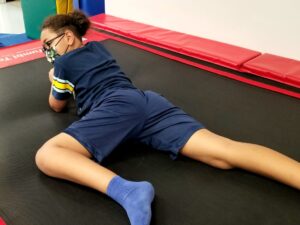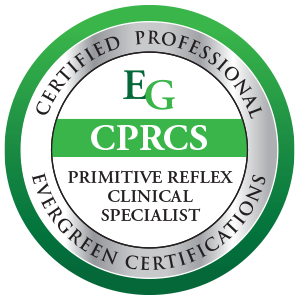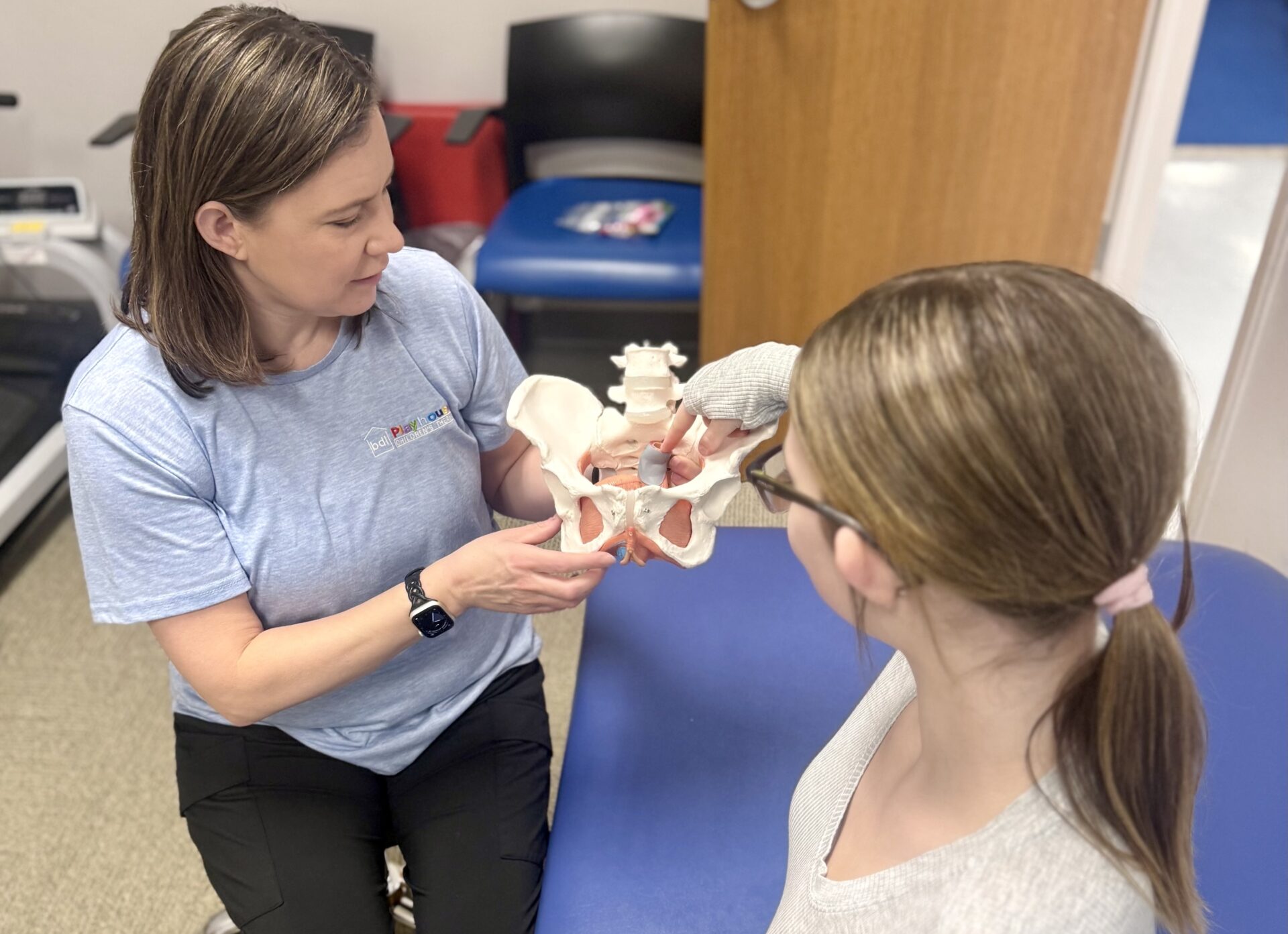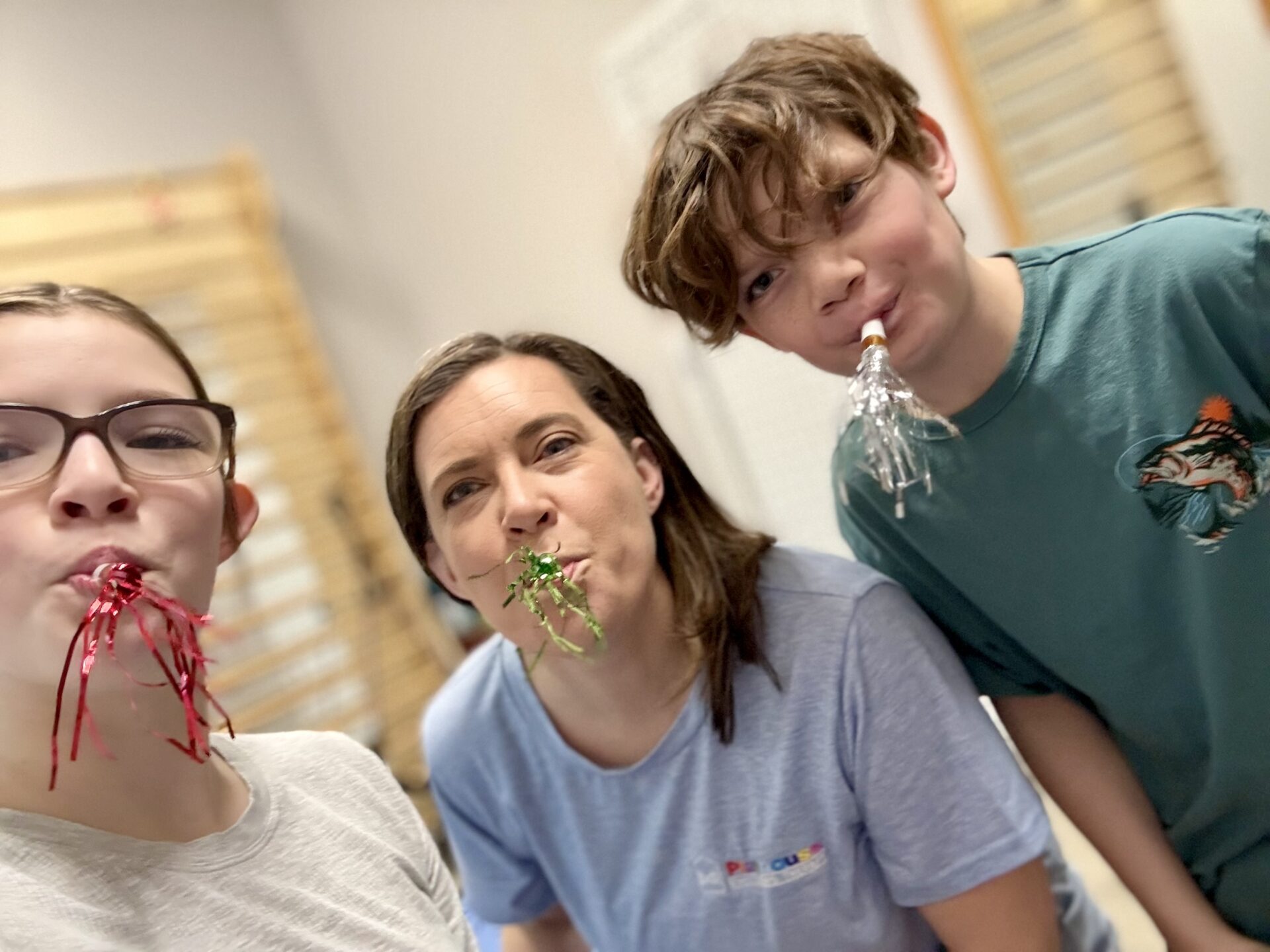What are Primitive Reflexes?
What are Primitive Reflexes? How can they affect my child?
Each child is born with a set of critical reflexes that are integral to survival. A primitive reflex is an action that is performed as a response to a stimulus without conscious thought. For example: when you brush the side of your newborn’s cheek the baby will turn his head to root for food. This is the rooting reflex. Typically the reflex integrates or fades away as the neurological system matures. When a reflex does not integrate the child may demonstrate behavior and personality traits that correlate with that reflex. Through specific exercises the child gains more control of their body and no longer relies on primitive movement patterns. This ultimately improves the child’s physical and emotional control.
Symptoms of Retained Reflexes:
- Anxiety
- Toe walking
- Speech Issues
- Poor gross motor coordination
- Sensory concerns
- Clumsy
- Poor fine motor coordination
- Bed wetting
- Poor eye hand coordination
- Motion sickness
- Unable to sit still
- Picky eating
What are the causes or retained reflexes?
- Developmental delay
- C-section birth
- Premature birth
- Stroke in utero
- Exposure to toxins
- Trauma during and/or after birth
- Autism
- Neurodivergent
- These are just a few of the potential causes that may prevent reflexes from fading away
What can we do about it?
Specific exercises can be done to help those primitive reflexes fade away. Contact an Occupational Therapist or Physical Therapist who can help assess which primitive reflexes are present and give you some ideas to help your child. With professional guidance, you can implement strategies and exercises tailored to your child’s needs, aiding in their physical and emotional development.
Understanding and addressing retained reflexes can significantly impact your child’s growth and well-being. If you notice any of the symptoms listed, consider consulting a specialist to provide the support your child needs to thrive. Please contact BDI playhouse for a free screen at (708)478-1820 or info@bdiplayhouse.com.
Written By: Jessica Frederick, COTA/L







